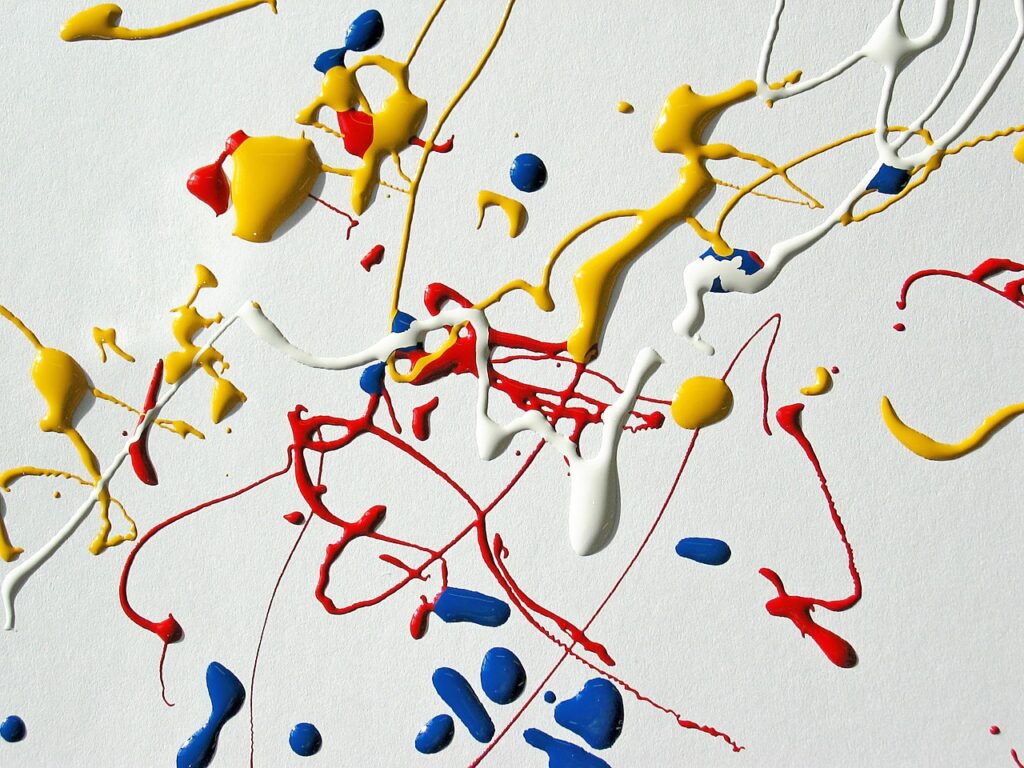When it comes to home décor, interior doors often get overlooked. However, choosing the right paint can transform your doors and enhance your overall interior design. Here’s a comprehensive guide to help you select the best types of paint for your interior doors.
1. Understanding Paint Types
Acrylic Latex Paint
- Best For: Most interior doors.
- Benefits: This water-based paint is easy to clean up, dries quickly, and has low levels of volatile organic compounds (VOCs), making it a great eco-friendly option. It also provides a durable finish that can withstand daily use.
Oil-Based Paint
- Best For: Wood and metal doors.
- Benefits: Oil-based paints offer a smooth, hard finish that’s resistant to scratches and stains. They take longer to dry but can provide a richer, glossier look. However, they require mineral spirits for clean-up and have higher VOC levels.
Chalk Paint
- Best For: Decorative or vintage-style doors.
- Benefits: Chalk paint provides a matte finish and is great for achieving a shabby chic look. It adheres well to various surfaces and often requires less prep work. However, it may need a topcoat for durability.
Spray Paint
- Best For: Small projects or intricate details.
- Benefits: Spray paint can provide a smooth finish and is ideal for hard-to-reach areas. Choose high-quality spray paint specifically designed for indoor use to minimize overspray and achieve even coverage.
2. Choosing the Right Finish
Matte
- Pros: Hides imperfections and provides a soft look.
- Cons: Less durable and harder to clean; not ideal for high-traffic doors.
Satin
- Pros: Offers a subtle sheen, easy to clean, and good for durability.
- Cons: May still show fingerprints or smudges more than glossier finishes.
Semi-Gloss
- Pros: Highly durable, easy to clean, and ideal for doors that see a lot of use.
- Cons: Reflective finish may highlight imperfections.
High-Gloss
- Pros: Very durable and easy to clean; creates a striking, bold look.
- Cons: Can be difficult to apply evenly and may require more prep work.
3. Color Considerations
- Classic Whites and Neutrals: Timeless and versatile, these colors can brighten up a space and make it feel larger.
- Bold Colors: For a statement piece, consider using bold hues like navy, forest green, or deep red to add character.
- Accent Doors: Use contrasting colors to highlight specific doors, such as a bright color for a closet door in a neutral hallway.
4. Preparation is Key
Before painting, ensure you properly prepare your doors:
- Clean the Surface: Remove dirt, grease, and dust.
- Sand the Door: Lightly sand to create a smooth surface for better paint adhesion.
- Prime if Necessary: Use a primer, especially if painting over a darker color or if the door has not been previously painted.
5. Application Tips
- Use Quality Brushes/Rollers: Invest in good-quality tools for a smooth finish.
- Multiple Coats: Apply multiple thin coats for even coverage rather than one thick coat.
- Ventilation: Ensure proper ventilation while painting to reduce fumes.

